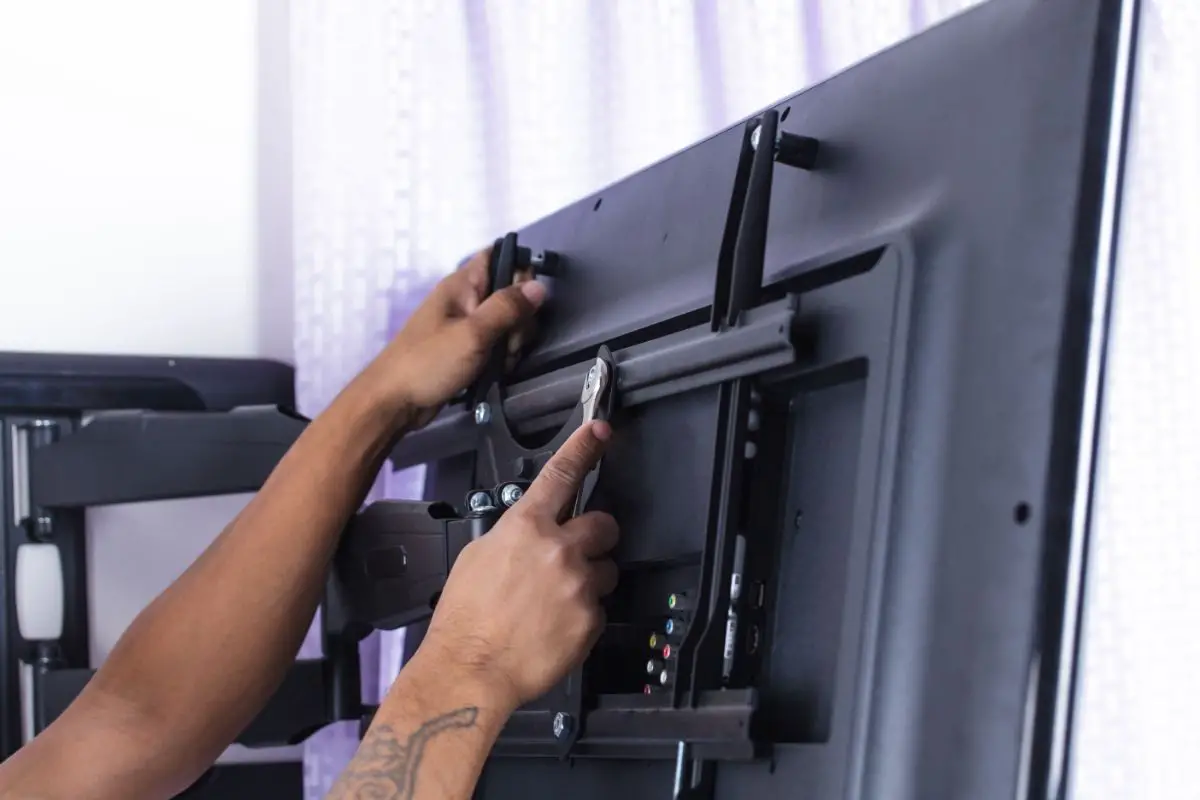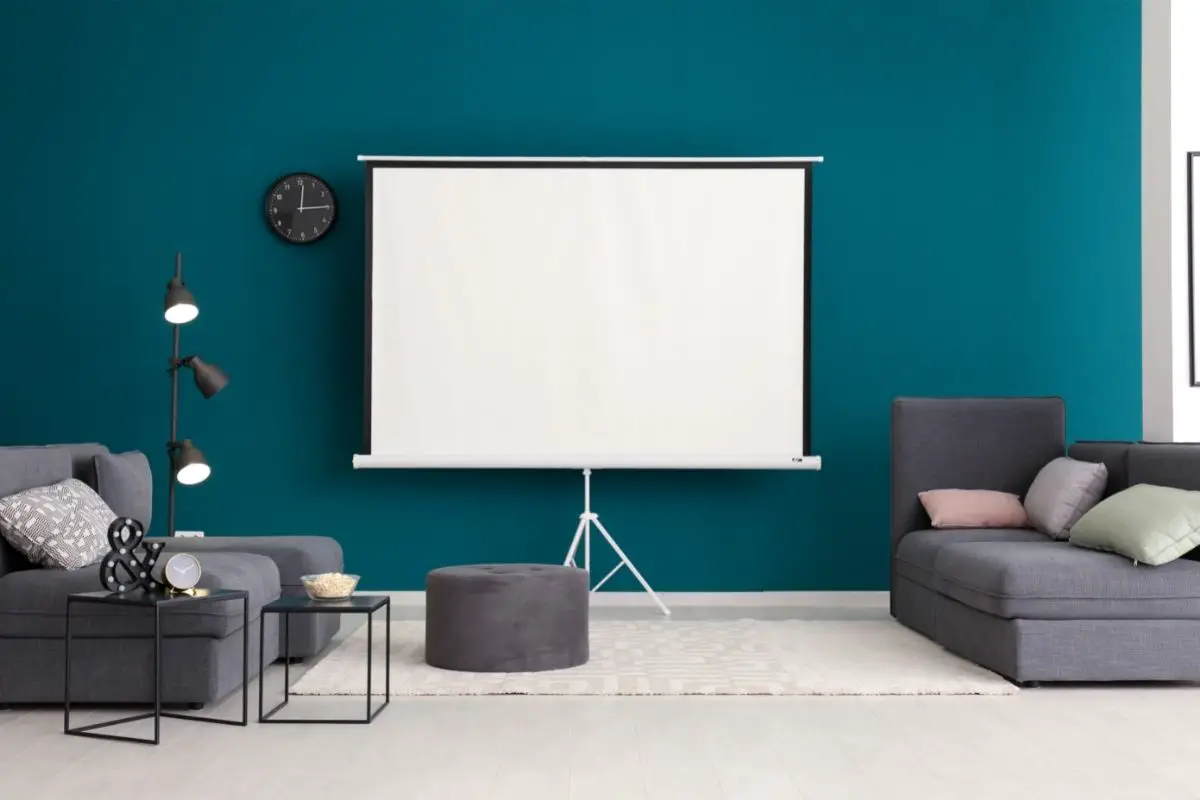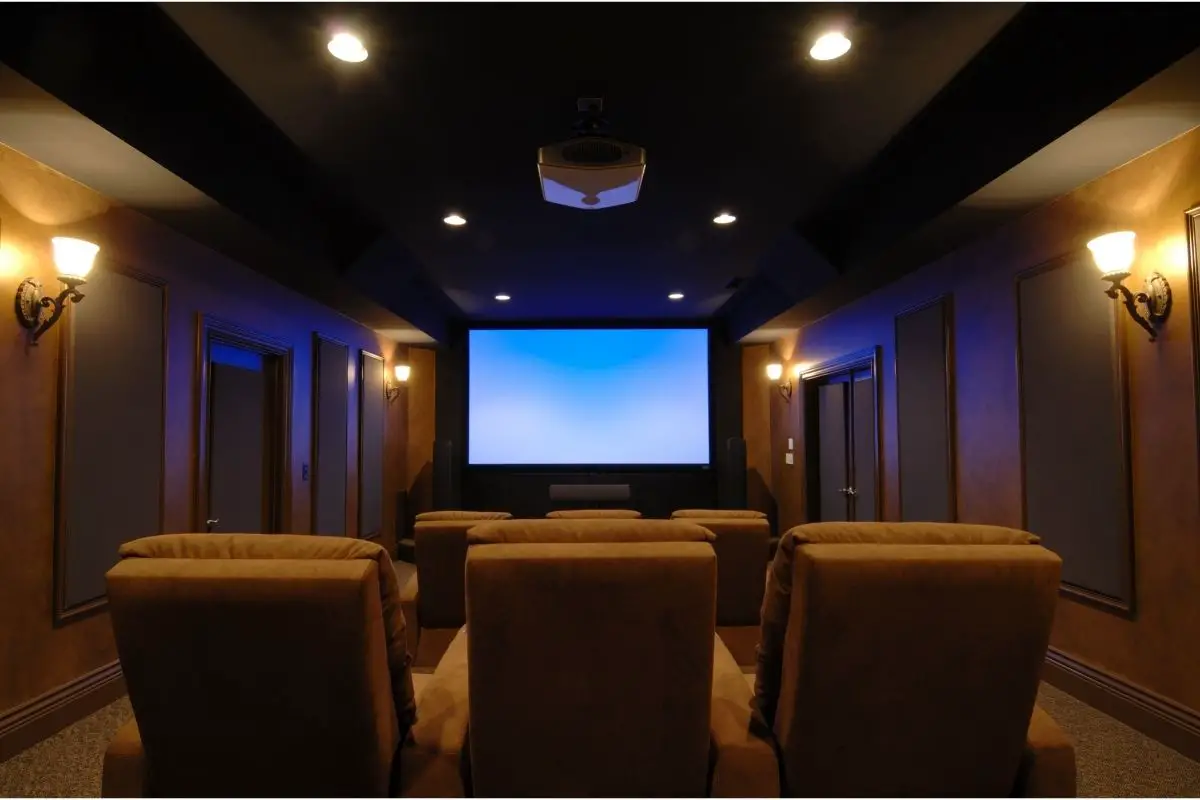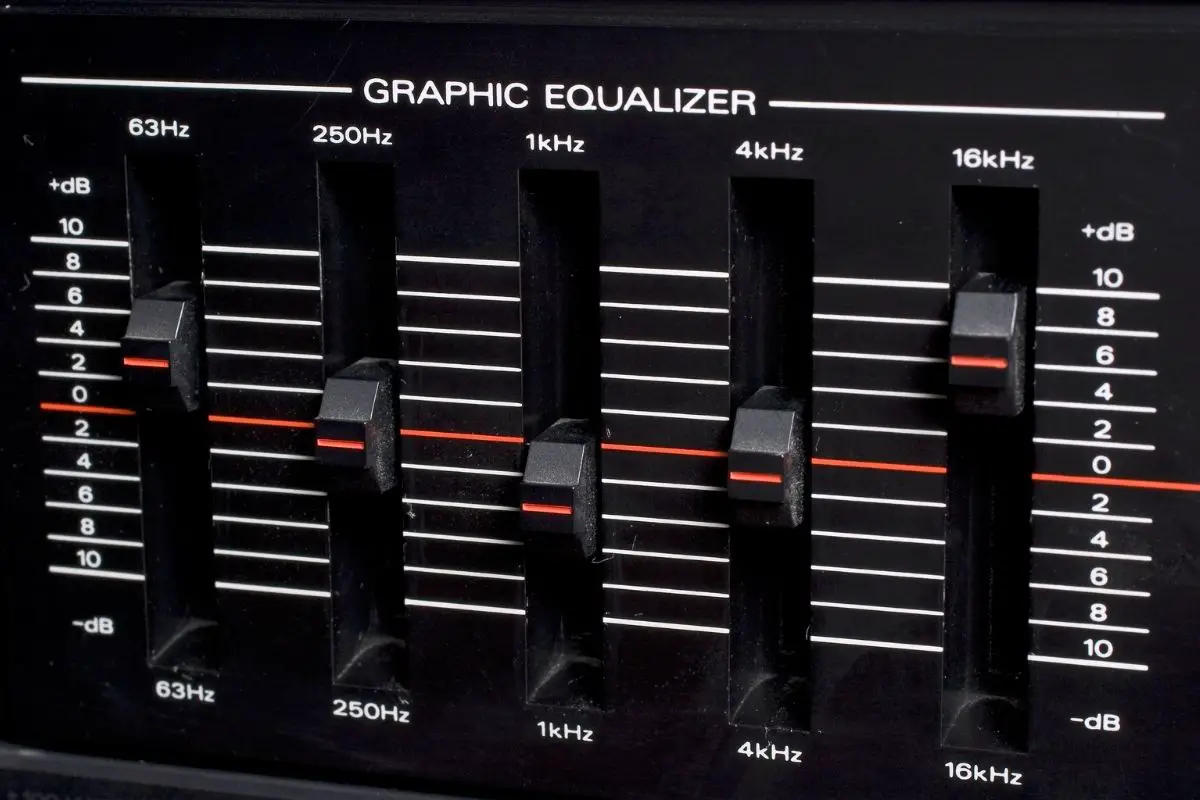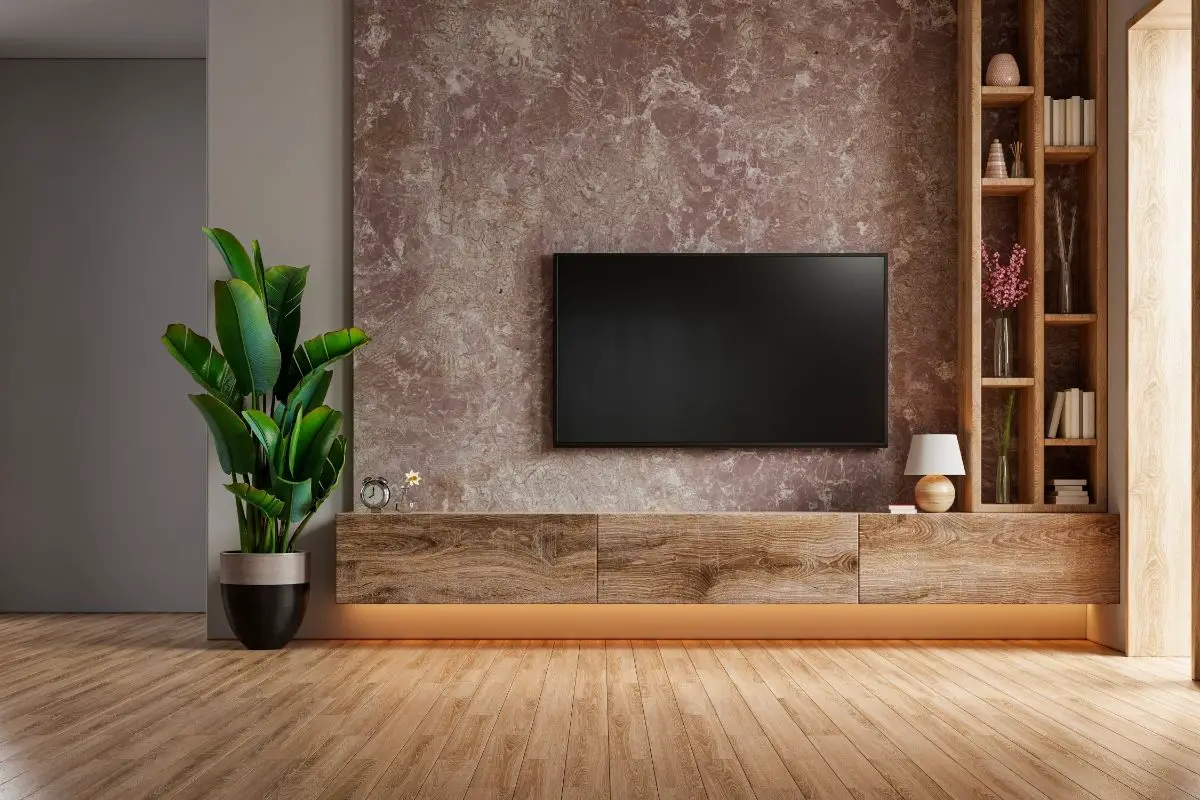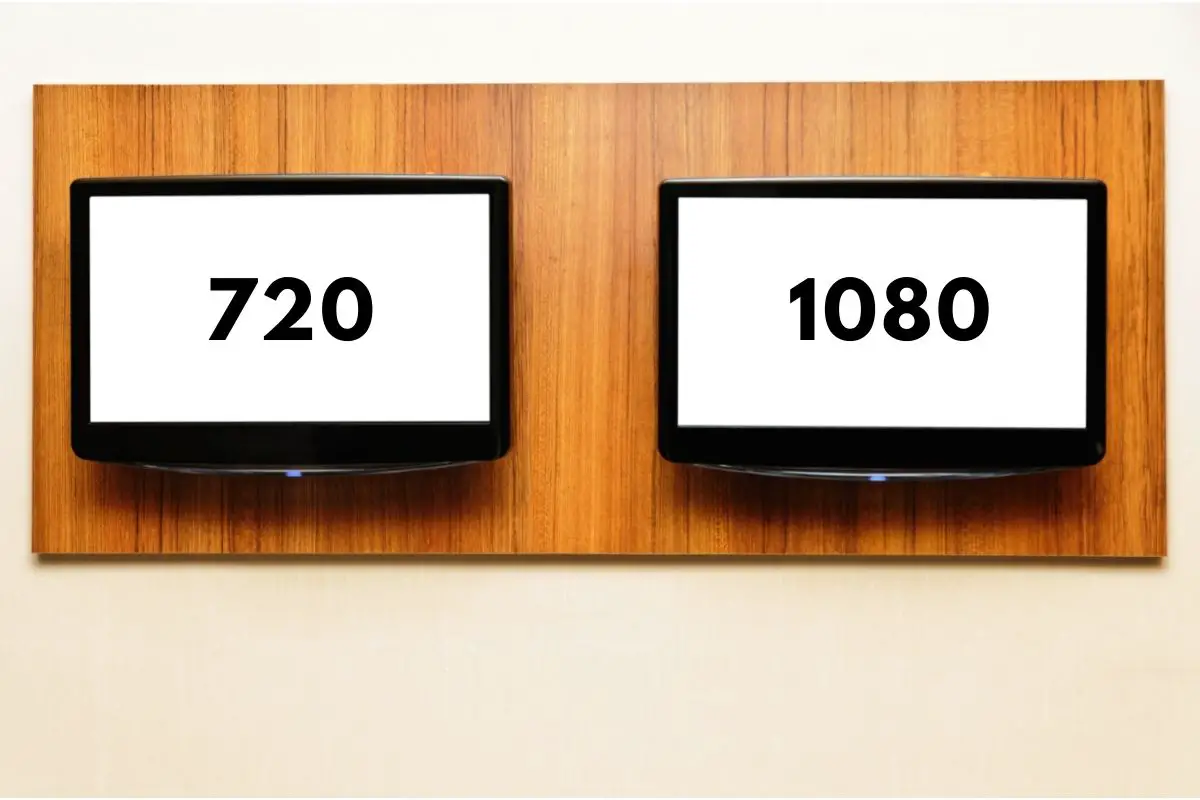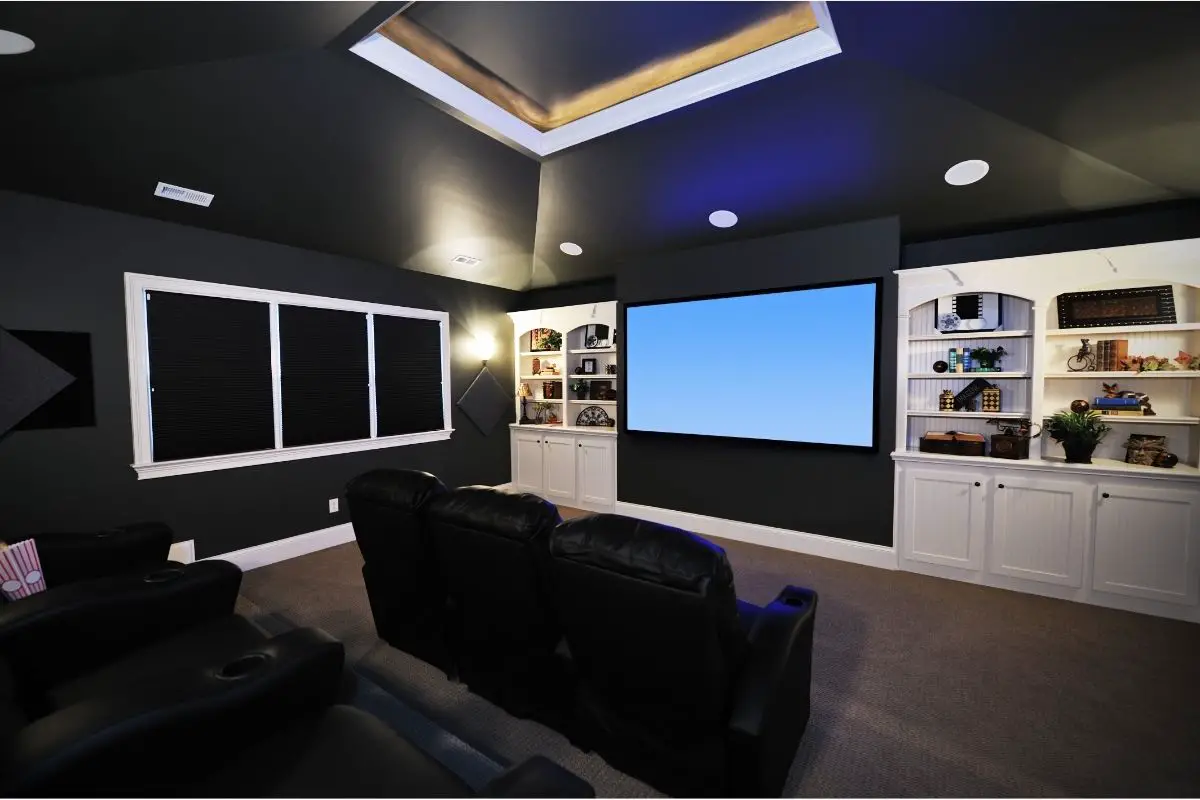Getting a new projector screen can often lead to a lot of time spent researching what features and factors you need to consider when trying to find the right kind of projector screen for you.
However, no one wants to waste their time pouring over such information so we have decided to help you out by tackling one of the biggest issues facing those seeking a new projector screen – size and aspect ratio.
Two of the most popular sizes for a projector screen are 16×9 and 16×10 – but is there really any major difference between the two?
Let’s find out!
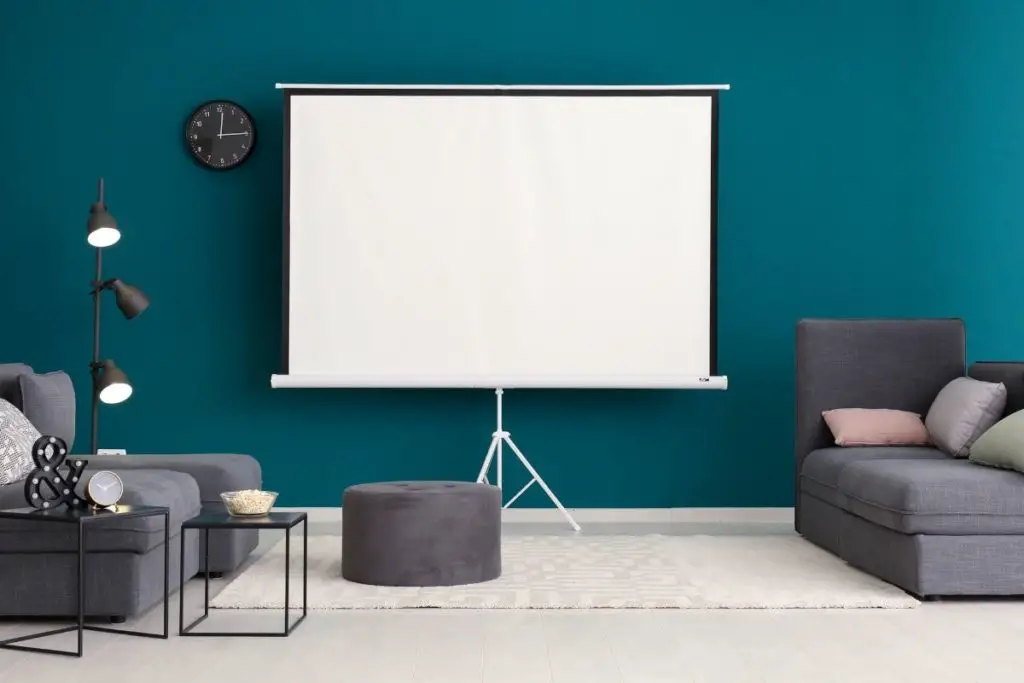
A Note About Aspect Ratios
The aspect ratio is the term used in cinema that refers to the relation between the image’s width and height – so it basically gives you the total area size of your movie.
For many years, 4×3 was the most used aspect ratio used for both movies and TV but now, the most popular is 16×9.
The 16×9 aspect ratio is now used for pretty much all new types of video media including movies and TV, which is why so many projector screens are at least 16×9 in size. If the screen were any smaller, most media would not fit onto the projector screen.
But if 16×9 is the aspect ratio now most commonly used, why would you need a projector screen that is 16×10?
16×9 Vs 16×10 Aspect Ratios
Although they may seem very similar in size, the difference between 16×9 and 16×10 is actually a much bigger deal than most people would suspect.
This is because 16×10 is now becoming more and more popular in different types of media and so, many expect us all to be watching movies and TV in the 16×10 aspect ratio instead of the older 16×9 aspect ratio.
This is because the new 16×10 ratio can offer more detail and larger images which can lead to a more enjoyable viewing experience.
This is a big deal when you are considering buying a new projector screen. The last thing you want is to purchase one that will be too small in a few years.
If you try to project a 16×10 aspect ratio piece of media on a 16×9 projector screen, then you can expect blurry and distorted images to completely ruin your experience.
However, you may be in a situation that might require you to have a 16×9 projector instead – so let’s take a look at each type of projector screen individually.
16×9
The 16×9 aspect ratio, or otherwise known as High Definition (HD), is now the standard aspect ratio for pretty much all pieces of media made in modern times.
This ratio is considered to be the best format for movie theaters and private media rooms – even sports screens and gaming screens for public display are in this ratio.
Finding a projector screen and appropriate projector for this format is pretty easy and cost-effective, so you won’t have to struggle shopping around for this type of projector screen because it’s considered standard.
However, as time moves on and technology progresses, there are now questions about how long 16×9 will remain as standard – especially with 16×10 lurking over the horizon.
16×10
This aspect ratio is now known as the widescreen format and has been very popular ever since 2008.
However, not every piece of media is released in widescreen – especially smaller independent movies. This ratio is far more popular for higher end, more expensive pieces of media including blockbuster movies and gaming PCs.
Over the years, widescreen has become more and more popular with newer TV models being fitted to allow this ratio. This is commonly believed to be the herald that 16×9 is on its last legs before being completely replaced by 16×10.
The only thing is that when it comes to projector screens and projectors, you may find out that it is more tricky to get your hands on a widescreen projector and projector screen – but not impossible.
Should You Buy A 16×10 Projector Screen
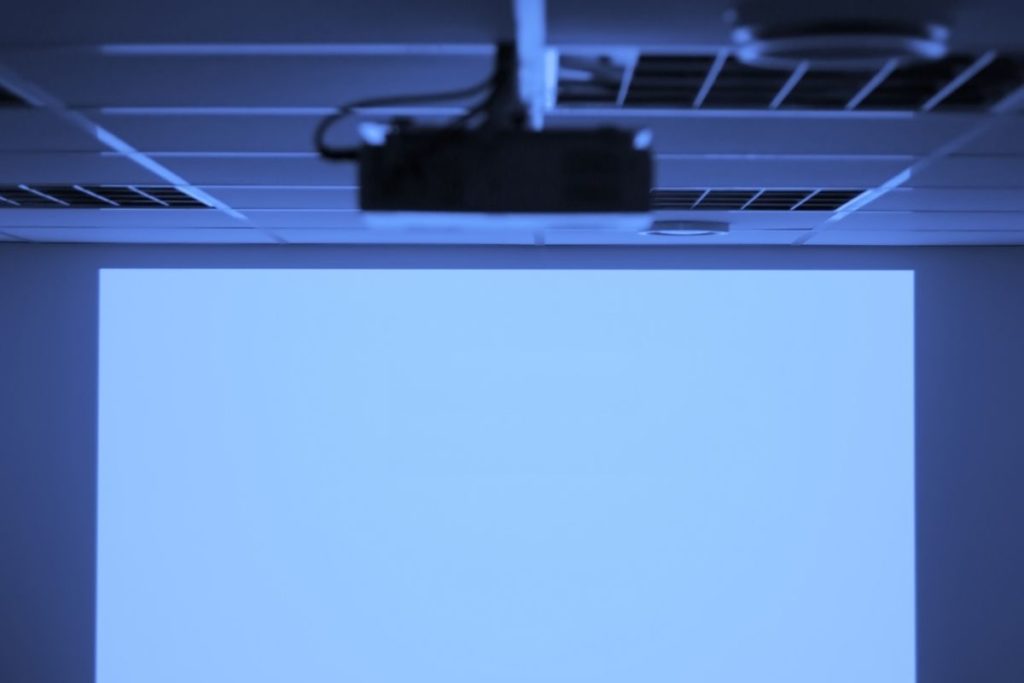
Which type of projection screen you should purchase all comes down to a few different reasons.
Many people opt for a 16×10 projector screen because it will keep up with future widescreen releases and it is still large enough to fit 16×9 media as well – although this does mean there will be black bars on the top and bottom (or either side) of your projector screen which can sometimes be distracting.
However, this is not all you have to consider when choosing between a 16×9 or a 16×10 projector screen.
You need to also consider your projector’s format and if it is even built to project 16×10 media. A lot of people make the mistake of assuming their projector can just play any media you plug into it but this is not the case.
Just like how a 16×9 projector screen could not properly display the media in all its glory, the same goes for the projector.
Some projectors just aren’t built to display media above the aspect ratio of 16×9 and this means you will end up with distortion that ruins the resolution of widescreen media.
So, unless you have a projector that can display 16×10 media, then there is no point in you purchasing a screen that can. Save yourself the extra funds and go with a smaller projector screen that matches the ratio of your projector’s format.
Conclusion
So – what is the difference between 16×9 and a 16×10 projector screen?
The main difference is that they both can display media with different aspect ratios. 16×9 was the first of the two to be introduced and was called ‘High Definition’ before it quickly became the standard aspect ratio for all our pieces of visual media.
However, in 2008, a new aspect ratio of 16×10 (known as widescreen) became more and more popular. It’s expected to one day overtake 16×9 as the standard ratio and is well on its way to do so.
When it comes to your projector screen, however, you should purchase the one that fits your projector’s ratio. Some projectors cannot project widescreen media so you might as well stick with a 16×9 ratio projector screen instead!
- How Do I Connect My Samsung Soundbar To Bluetooth? - February 5, 2024
- How To Connect Soundbar To TV With Optical Cable? - February 5, 2024
- How to Choose the Right Audio System for Your Home Theater Setup - April 25, 2023


